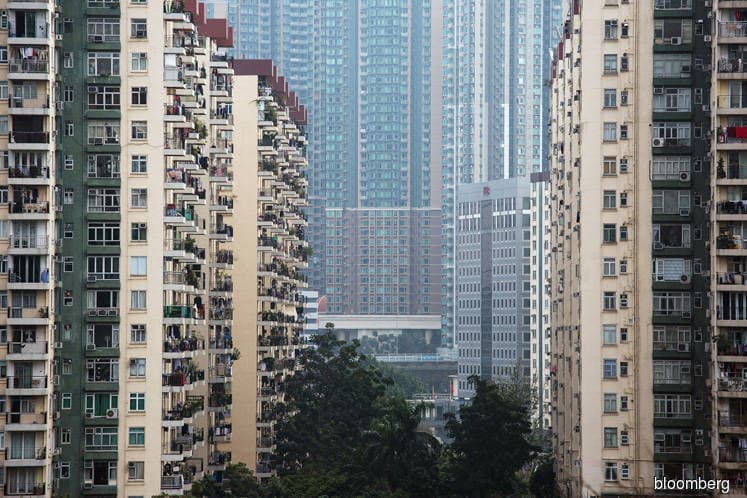
This article first appeared in The Edge Financial Daily on November 28, 2017
KUALA LUMPUR: Moody’s Investors Service sees a material decline in property prices in Malaysia in the event of a protracted period of supply overhang, as market valuation adjusts to reflect the lack of demand.
“In such a scenario, the quality of housing loans with high loan-to-value (LTV) ratios are most at risk,” said the firm’s vice-president and senior analyst for financial institutions Simon Chen
“We understand from our rated banks in Malaysia that 20% to 30% of mortgages booked each year have LTV ratios of 90% or higher at the time of origination,” Chen said in a statement yesterday.
The government recently announced an indefinite freeze on approvals for luxury projects with unit prices of above RM1 million to control the oversupply from adversely affecting the economy.
“The volume of Malaysia’s unsold and vacant properties has risen substantially over the past three years and is likely to increase, raising the risk of a material decline in property prices that would diminish bank asset quality,” said Chen. “These developments are credit negative for Malaysian banks.
“In our view, the increasing oversupply and the prospects of a material property price correction will continue to build as new supply enters the market and poses a risk to Malaysian banks’ asset quality,” he said.
Chen said suspending new property developments will not correct the oversupply situation over the next five years, when property projects now in development enter the market.
“Much of the new supply is in Malaysia’s key states, where supply-demand imbalances in various segments of the property market, including residential housing, commercial offices and retail shopping complexes, have occurred since 2015.
“These states include Kuala Lumpur, Penang and Johor, which the central bank has warned will likely have the largest property market imbalances in the country,” he said.
In the commercial office segment, Chen noted that vacancy rates have risen steadily since 2015, while in the retail shopping complex segment, total retail space per capita has increased sharply in key Malaysian states over the years, and now surpasses regional markets such as Hong Kong and Shanghai.
“The large incoming supply of retail space will exacerbate the oversupply situation and raise the vacancy rates across Kuala Lumpur, Penang and Johor from current levels of 13% to 30%,” added Chen.